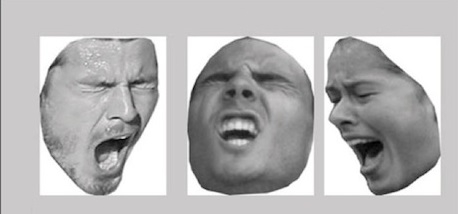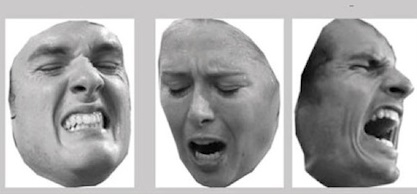Het arrangement Body language is gemaakt met Wikiwijs van Kennisnet. Wikiwijs is hét onderwijsplatform waar je leermiddelen zoekt, maakt en deelt.
- Auteur
- Laatst gewijzigd
- 04-01-2015 16:32:50
- Licentie
-
Dit lesmateriaal is gepubliceerd onder de Creative Commons Naamsvermelding 3.0 Nederlands licentie. Dit houdt in dat je onder de voorwaarde van naamsvermelding vrij bent om:
- het werk te delen - te kopiëren, te verspreiden en door te geven via elk medium of bestandsformaat
- het werk te bewerken - te remixen, te veranderen en afgeleide werken te maken
- voor alle doeleinden, inclusief commerciële doeleinden.
Meer informatie over de CC Naamsvermelding 3.0 Nederland licentie.
Aanvullende informatie over dit lesmateriaal
Van dit lesmateriaal is de volgende aanvullende informatie beschikbaar:
- Eindgebruiker
- leerling/student
- Moeilijkheidsgraad
- gemiddeld
- Studiebelasting
- 0 uur 50 minuten
Bronnen
| Bron | Type |
|---|---|
|
http://pf.kizoa.com/vcol.swf?col=15605075&kc=9621370 http://pf.kizoa.com/vcol.swf?col=15605075&kc=9621370 |
Video |
|
non verbal communication https://youtu.be/9cX6VaIy2yA |
Video |
|
learn the words first http://www.kizoa.com/slideshow-maker/d15441401k7320935o1/bodylanguage-idion |
Link |
|
arms https://youtu.be/gbLk5PB8lvE |
Video |
|
legs and feet words http://www.kizoa.com/embed-15711706-9975735o1l1 |
Video |
|
legs and feet http://youtu.be/xLR9EKSCTxY |
Link |
|
Can you read body language? http://edpuzzle.com/embed/m/545248fcecc87ee104ad3624 |
Video |
|
what does he not say? https://youtu.be/M8LA10Tg1Os |
Video |










